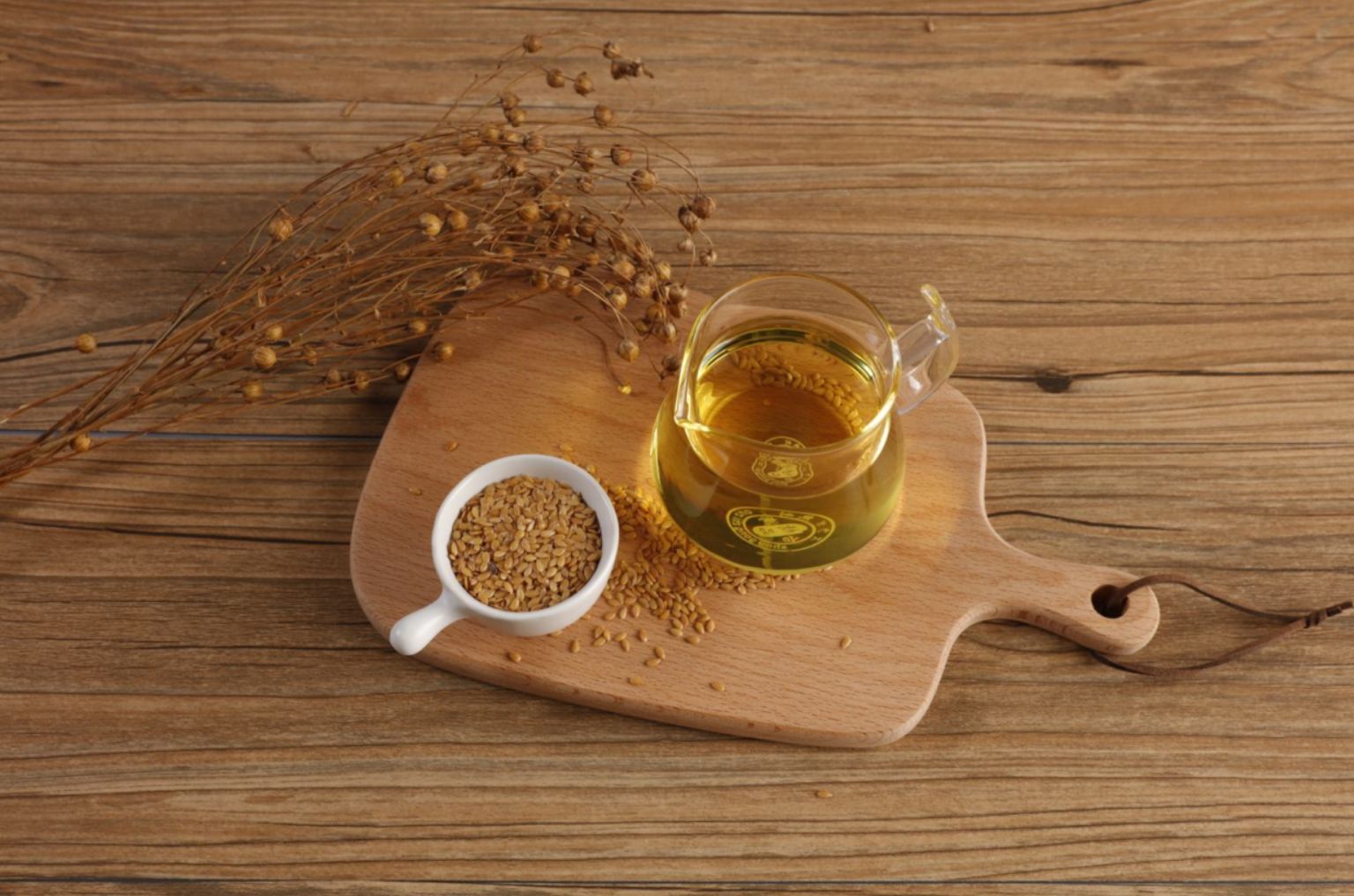To obtain edible oils of different properties, fractionation, hydrogenation and transesterification are often used to modify the fats. The fractionation is the process of separating the triglycerides of different components in the oil by lowering the temperature. At present, there are three main fractionation methods that are often used in the edible oil production line: 
1. Dry extraction
The method of directly cooling and crystallizing the oil, and then separating the crystals from the oil is dry fractionation. This method has the advantages of simple process and low cost, so it has been widely used in the oil processing process.
2. Solvent separation
Compared with dry fractionation, this method needs to add a certain proportion of solvent to the fat before cooling and crystallization to separate the fat to form a mixed oil. The advantages of this method are: good separation effect, high yield, and high product purity. The disadvantages are: relatively energy-consuming, large investment, high cost, and unsafe.
3. Surfactant method
Add a water-soluble surfactant solvent to the cooled and crystallized grease to moisten the crystallized solid grease so that the liquid oil is in a dispersed phase before separation. Under normal circumstances, dodecyl sulfate is selected as the Wetting agent in this method. This method has a big drawback: there is pollution, and it is often necessary to recover the surfactant in actual production.
Copyright © Henan Zhongxing Grain And Oil Machinery Co.,Ltd. All Rights Reserved. Powered by MetInfo